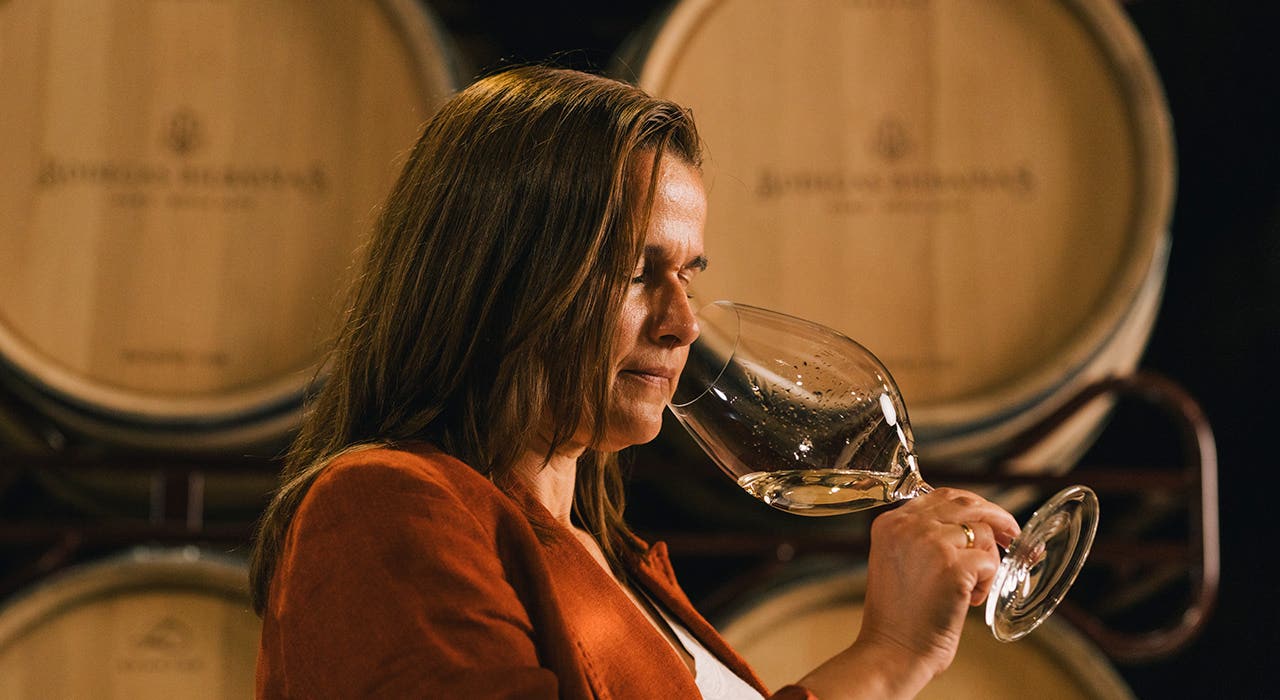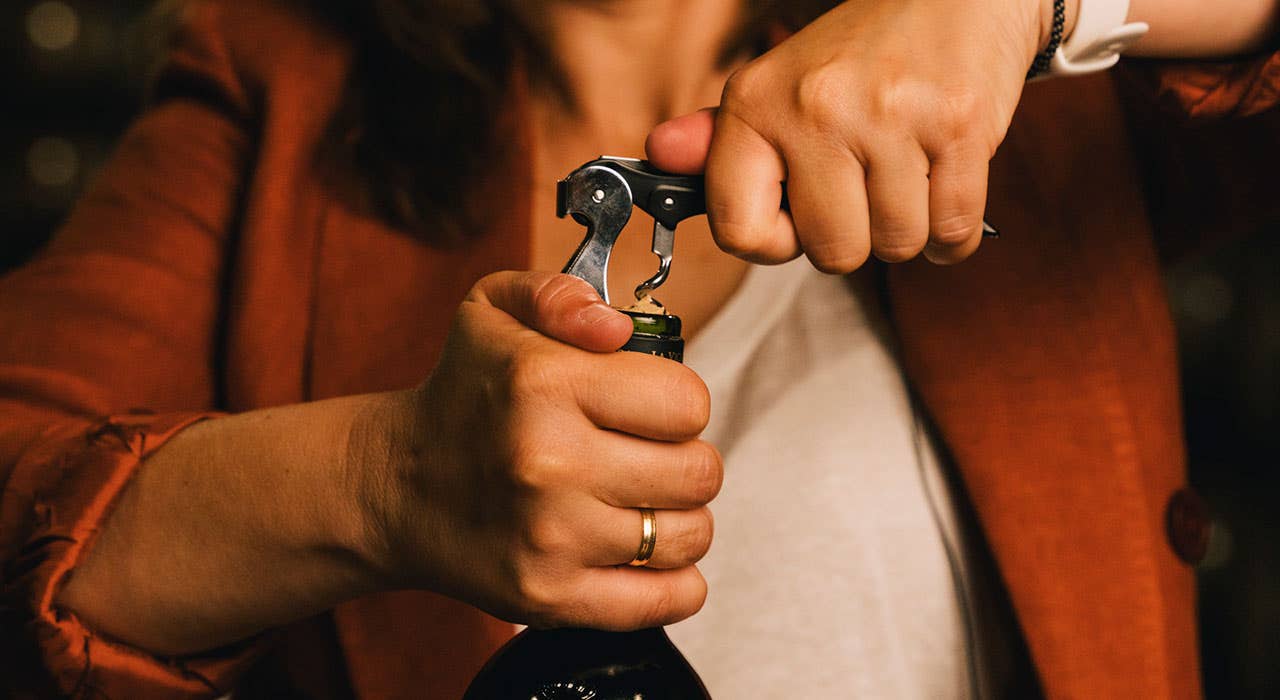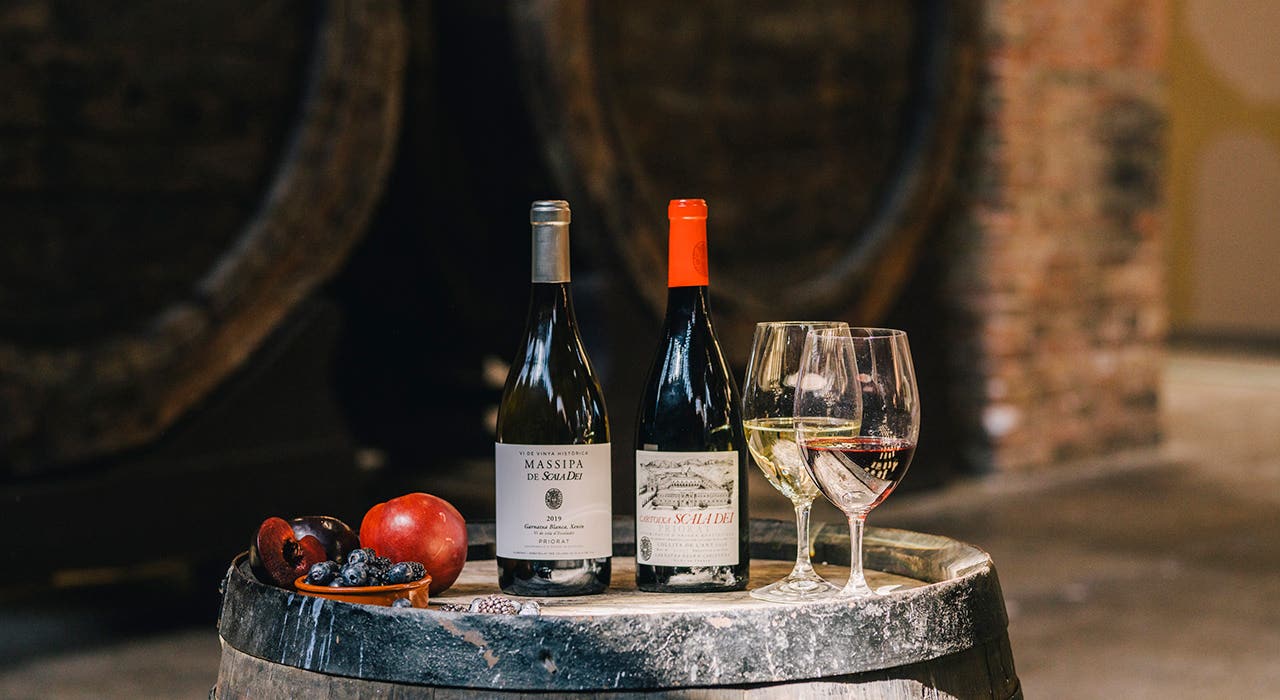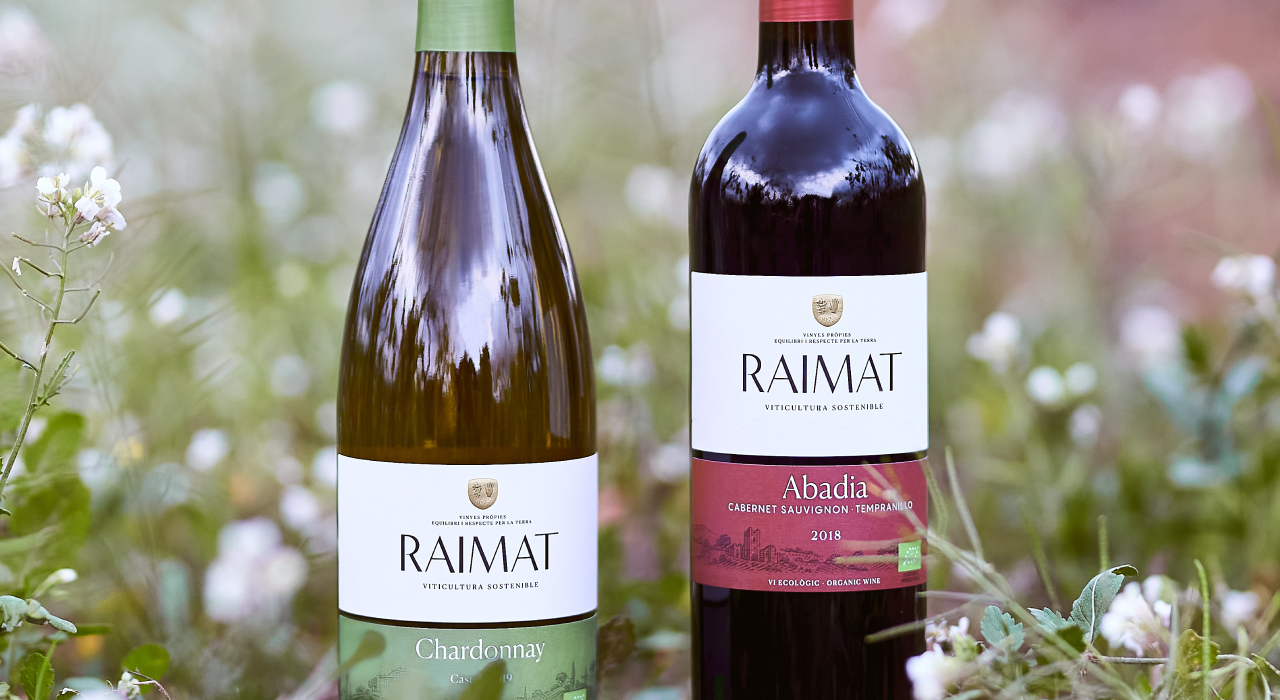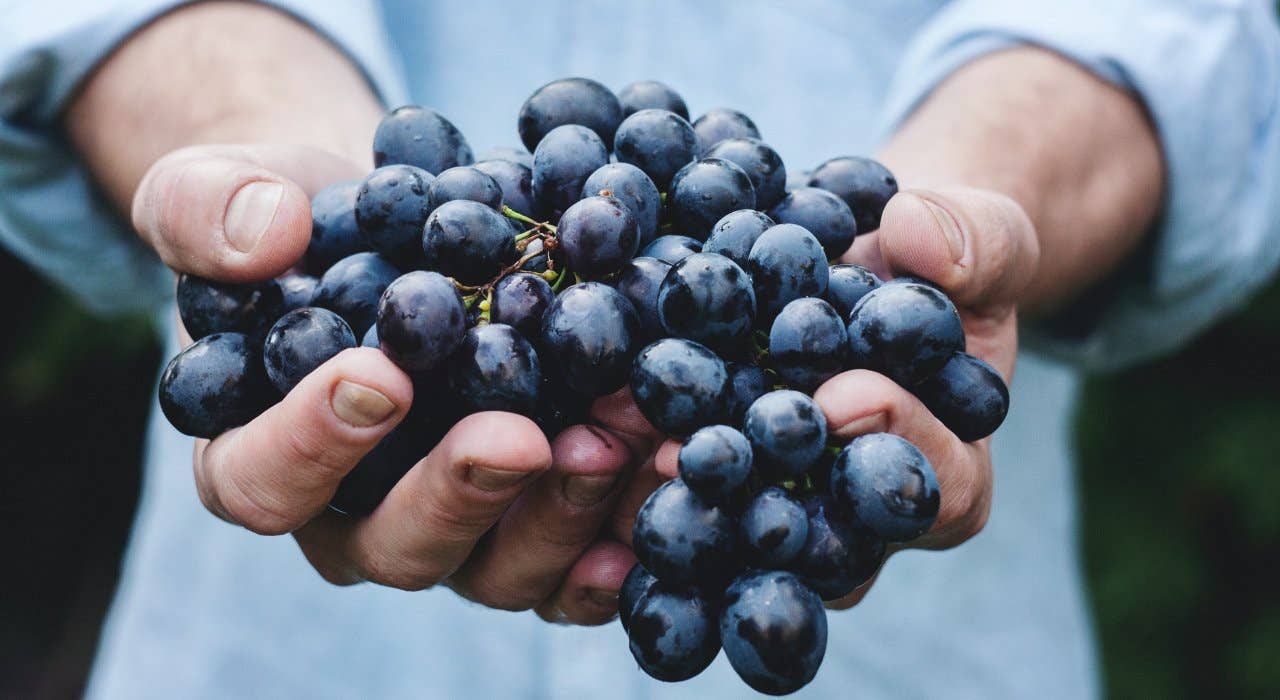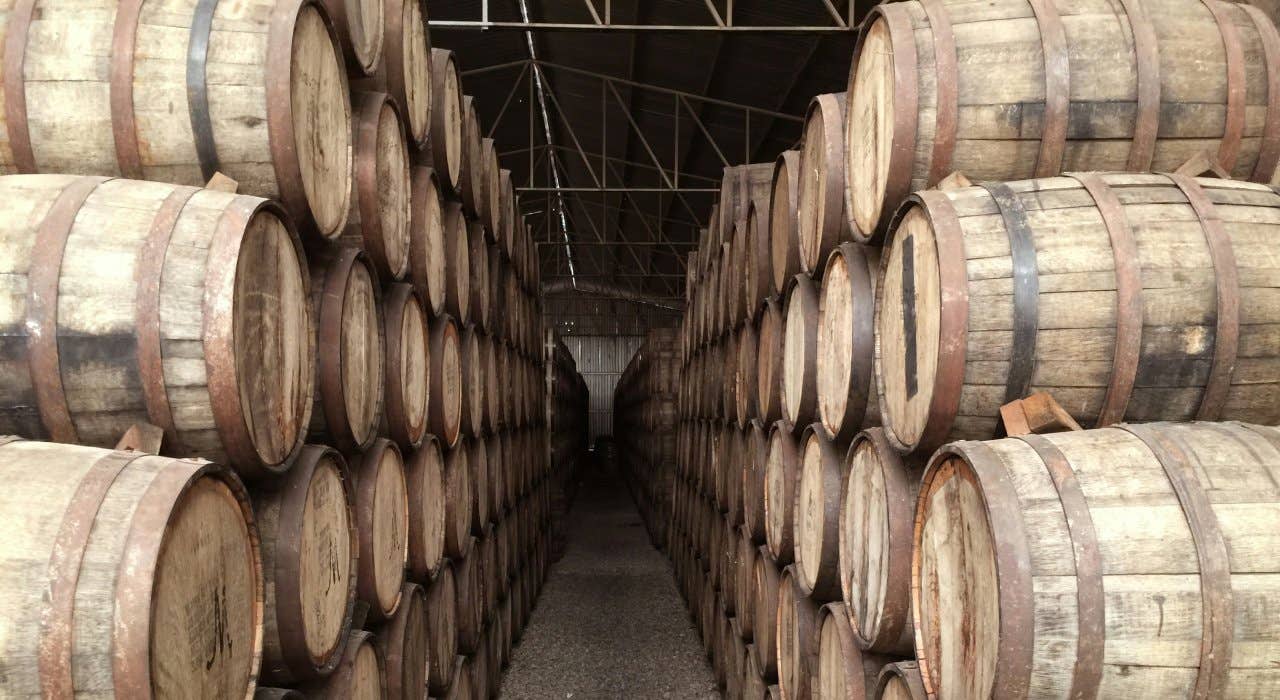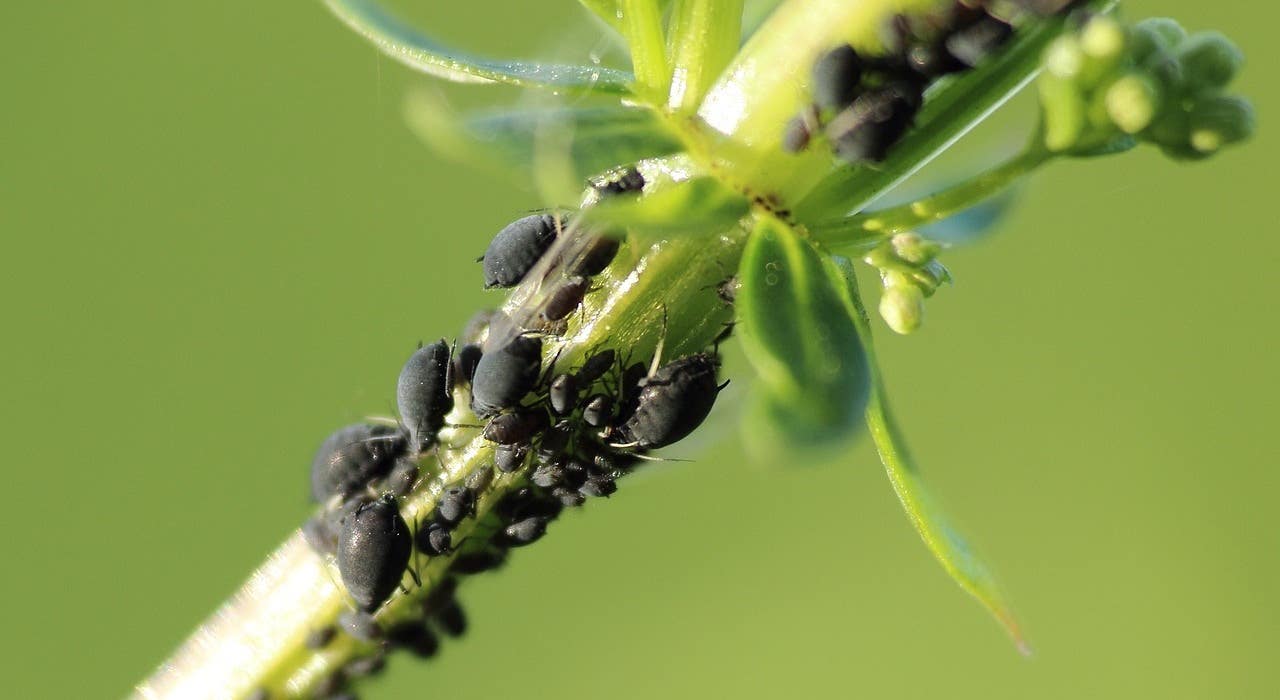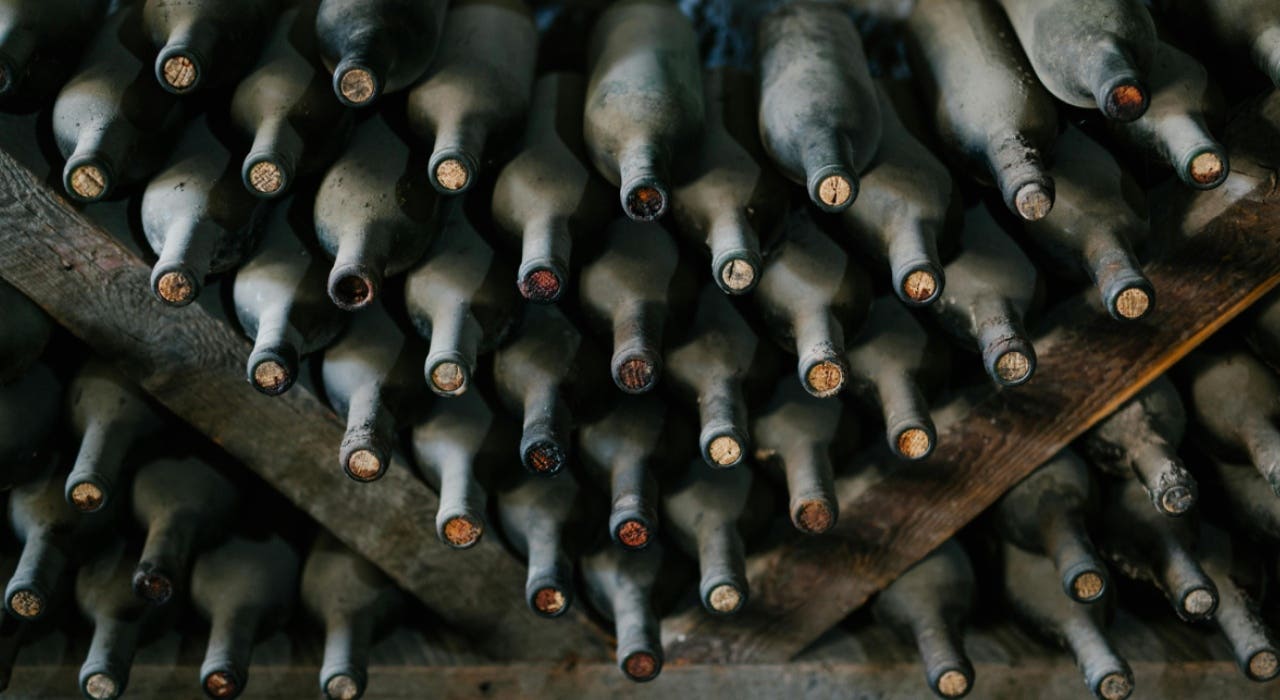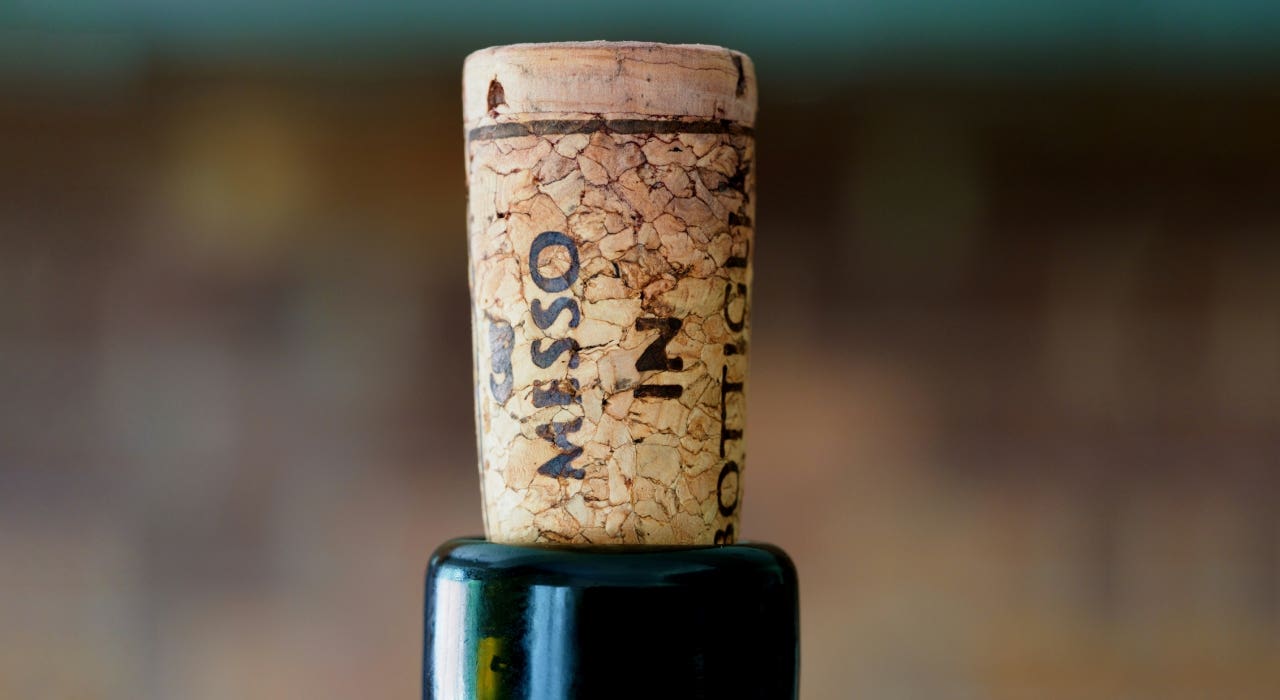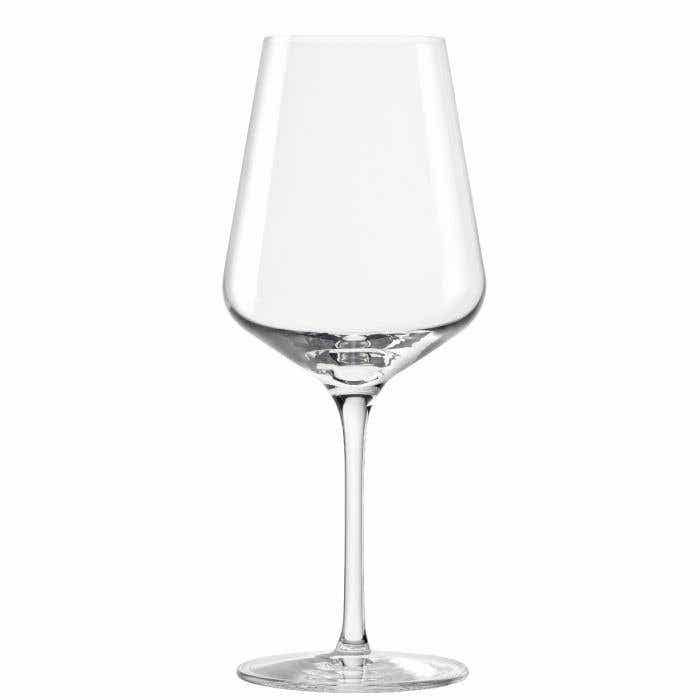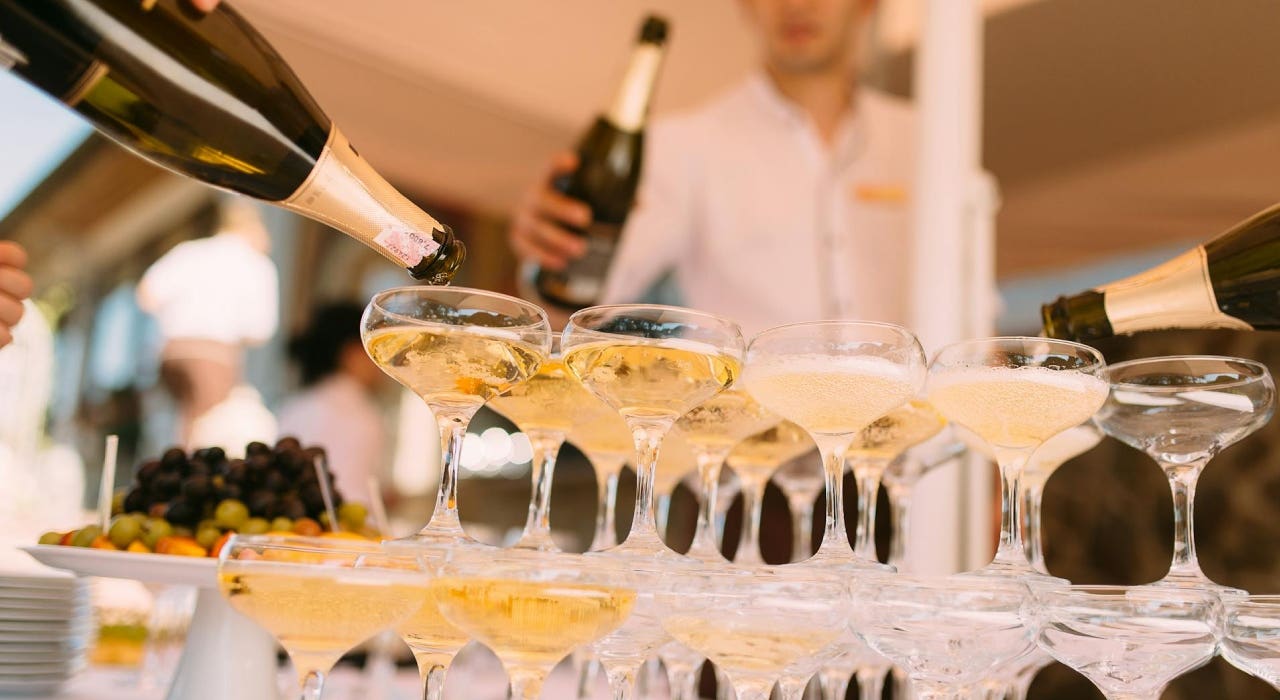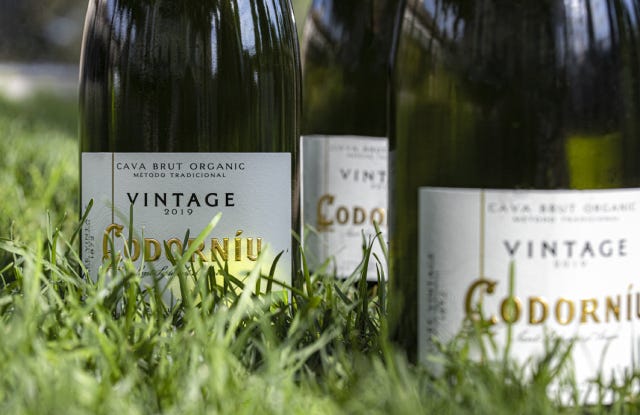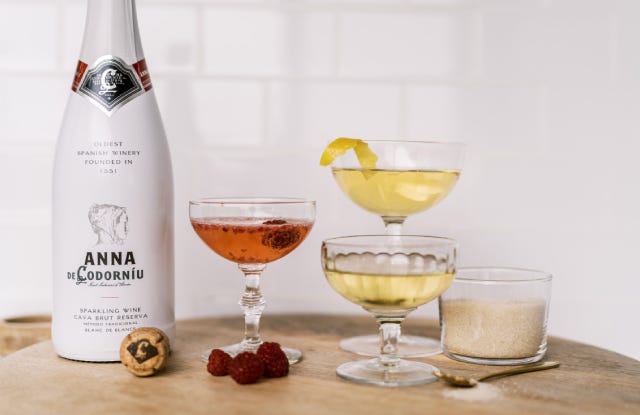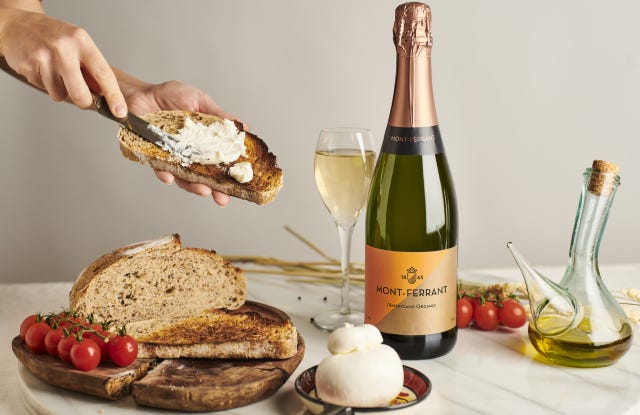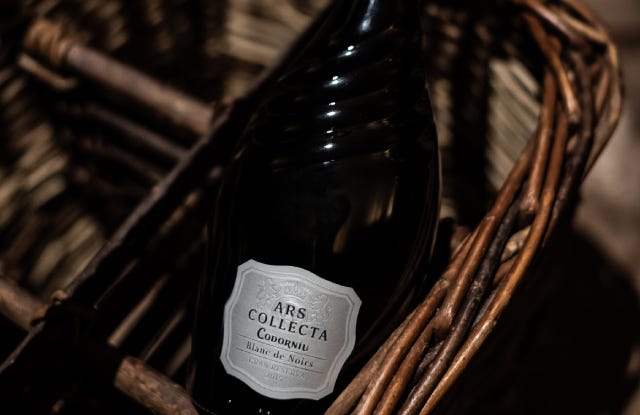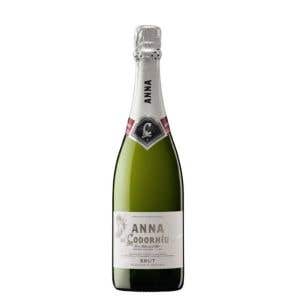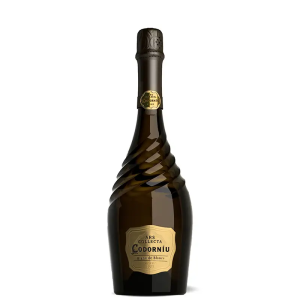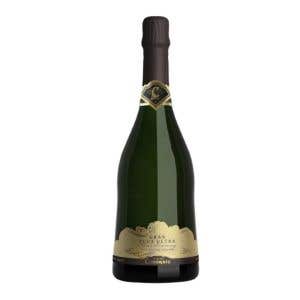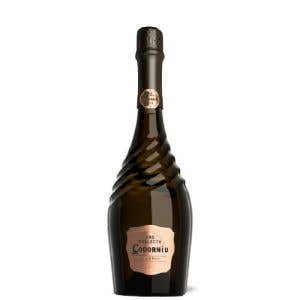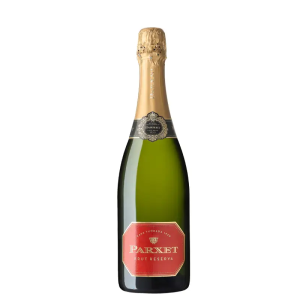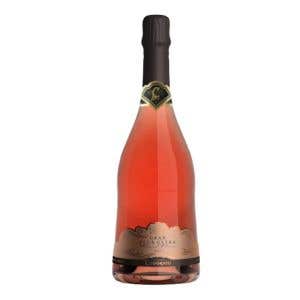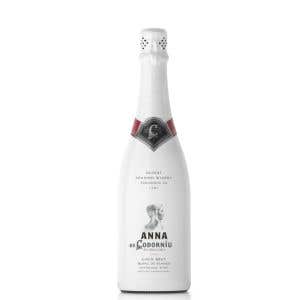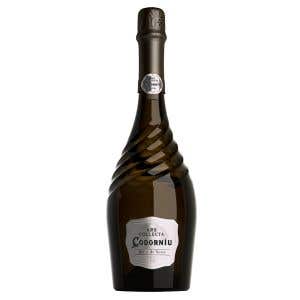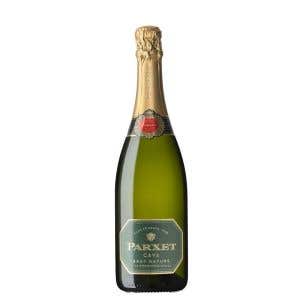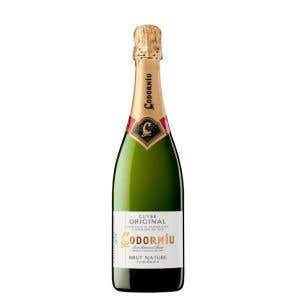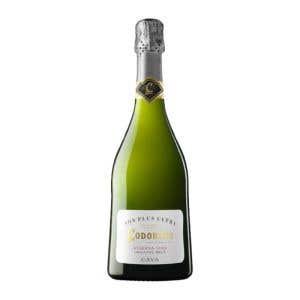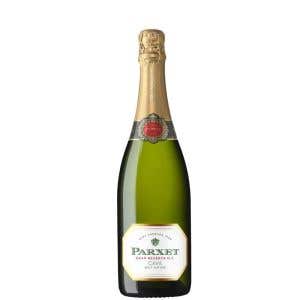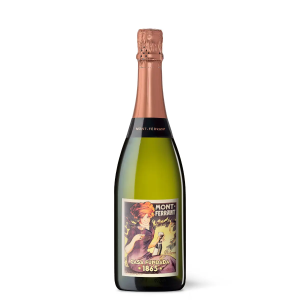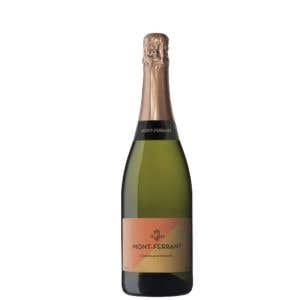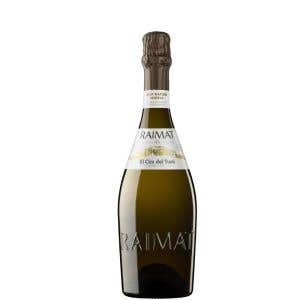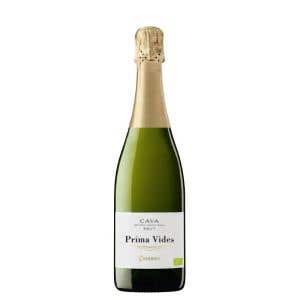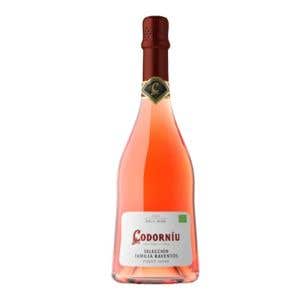What are the Differences between Champagne and Cava?
We have already seen that we are dealing with two different drinks, but what are the differences between champagne and cava? We can highlight 5 key factors: the appellation of origin, the environment, the type of grape, the way it is consumed, and the price. Don't worry, because, in the following sections, we will explain each of them in depth.
Cava or Champagne, which is better?
There is no definite answer to this question, as it all depends on your taste and the occasion. At 15 Bodegas, we believe there is no reason to choose between cava or champagne; you can enjoy both equally. However, if you are looking for a quality drink with a great tradition and at a more accessible price than champagne, cava is your best bet. We remind you that, in our online wine store, you can find a careful selection of the best brands of cava.
What is the Difference between Champagne and Cava?
As we mentioned, these two sparkling wines have a lot in common, such as the type of beverage, the bubbles, and the method of elaboration. However, they have major differences that can be grouped into five key aspects. Knowing how cava differs from champagne will help you better understand the greatness hidden in each of these sparkling wines.

